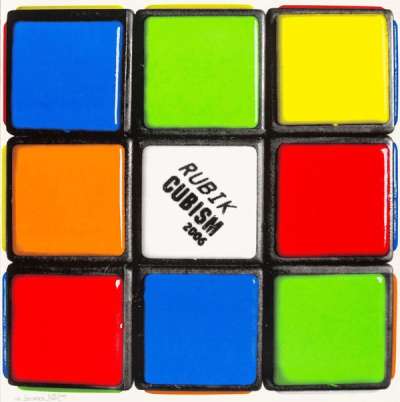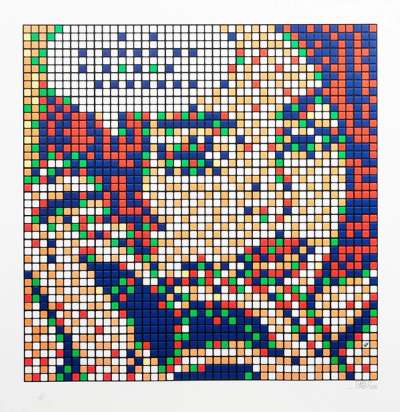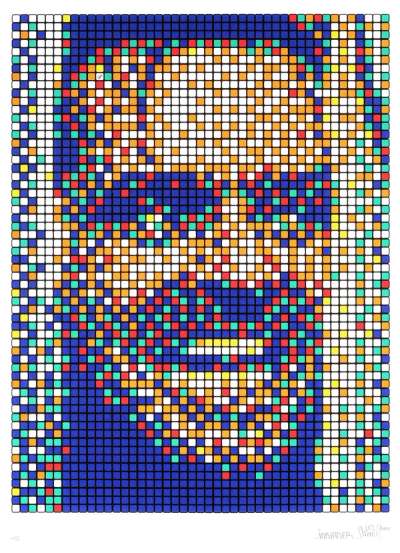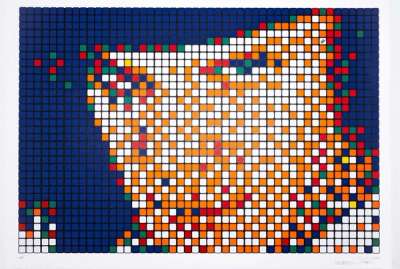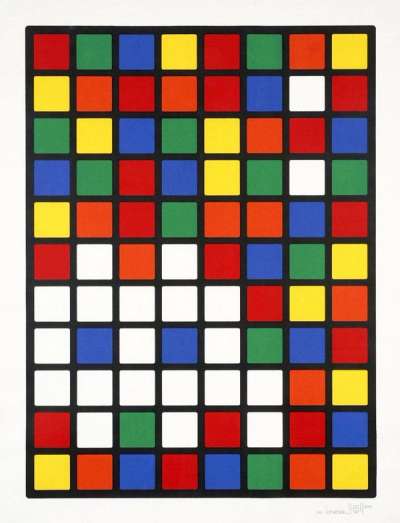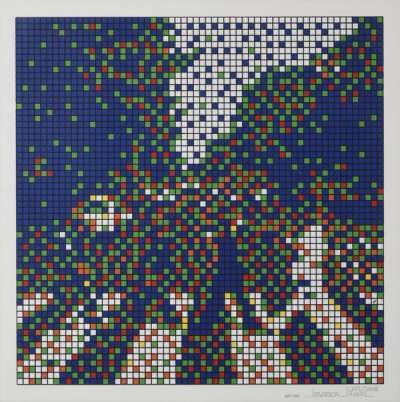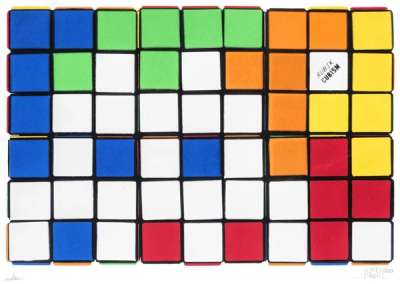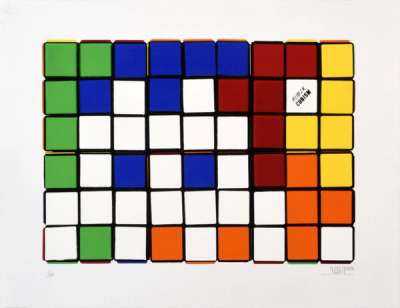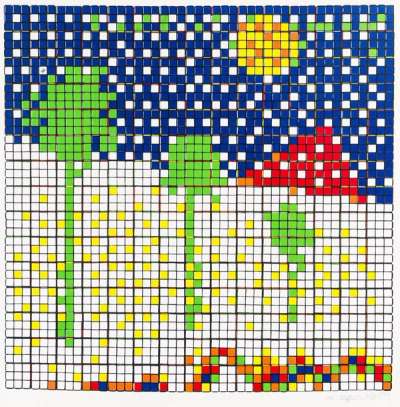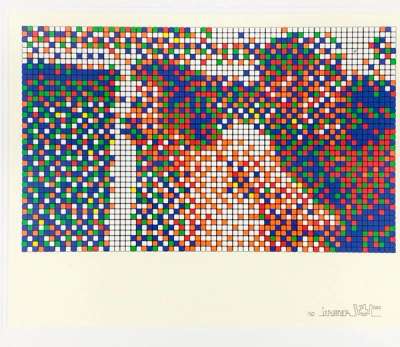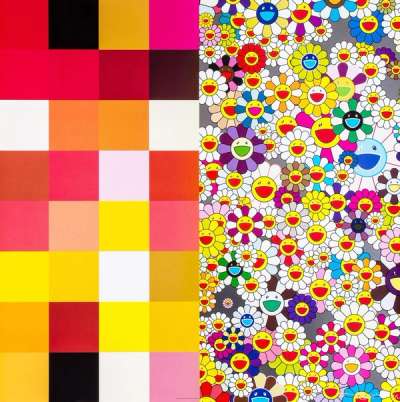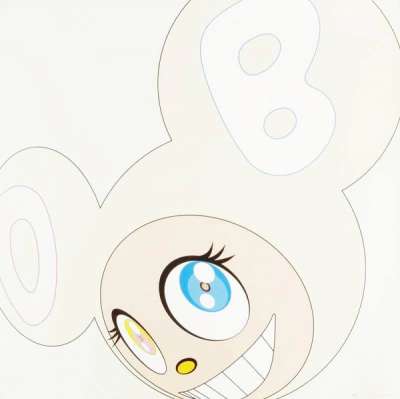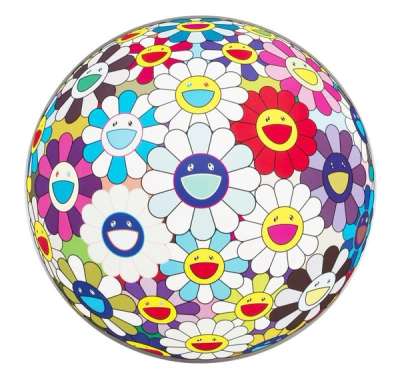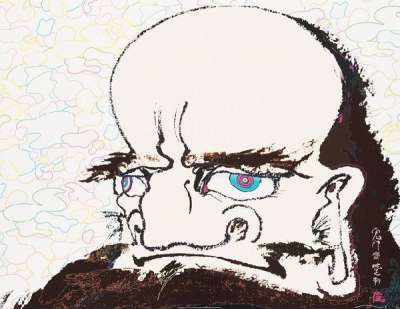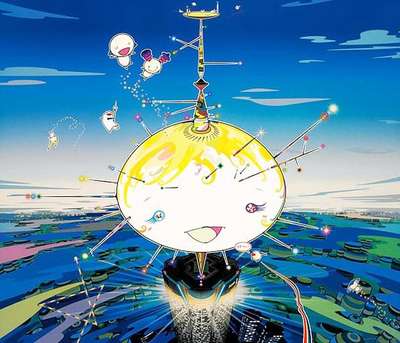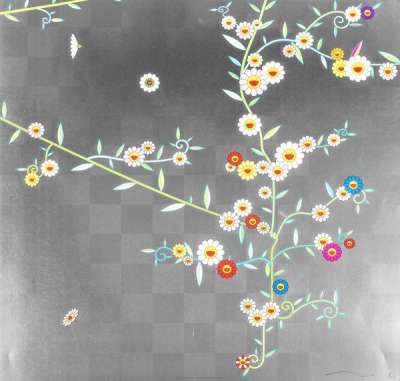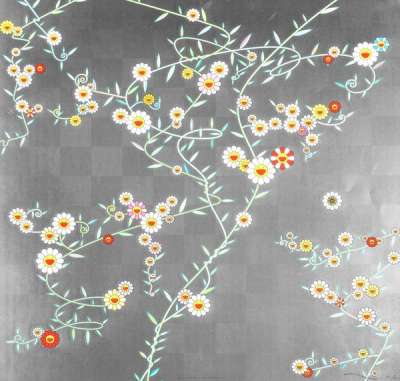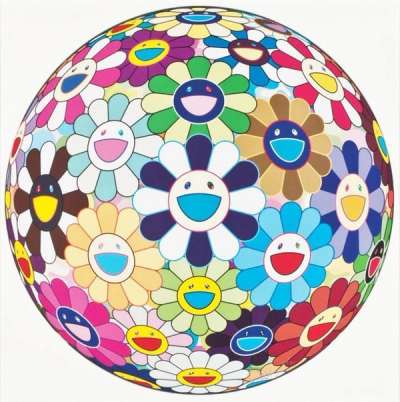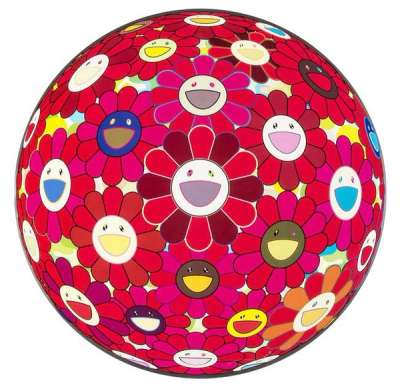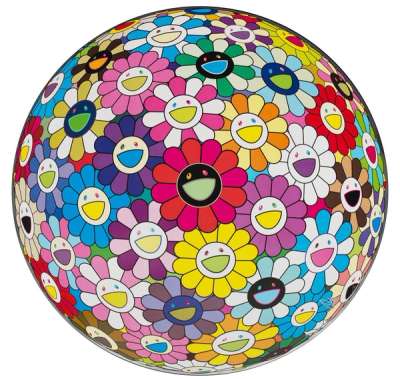
Rubik Albino
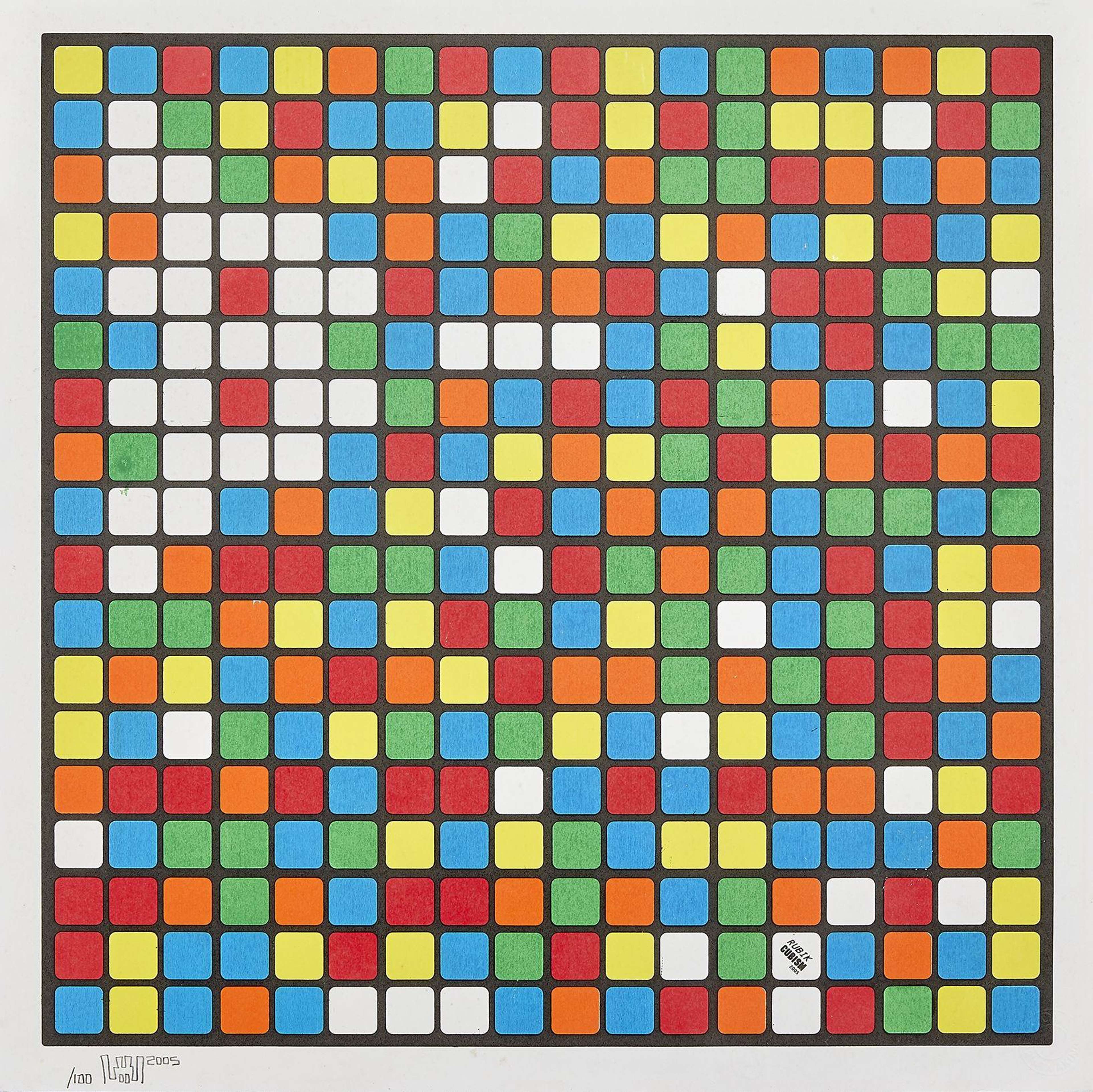
Rubik Albino
Signed Print
Invader
£3,300-£5,000Value Indicator
$6,500-$10,000 Value Indicator
$6,000-$9,000 Value Indicator
¥30,000-¥45,000 Value Indicator
€4,000-€6,000 Value Indicator
$30,000-$50,000 Value Indicator
¥620,000-¥950,000 Value Indicator
$4,150-$6,500 Value Indicator
AAGR (5 years) This estimate blends recent public auction records with our own private sale data and network demand.
There aren't enough data points on this work for a comprehensive result. Please speak to a specialist by making an enquiry.
Medium: Screenprint
Edition size: 100
Year: 2005
Size: H 50cm x W 50cm
Signed: Yes
Format: Signed Print
TradingFloor
Track this artwork in realtime
Watch artwork, manage valuations, track your portfolio and return against your collection
Track auction value trend
Auction Results
| Auction Date | Auction House | Location | Hammer Price | Return to Seller | Buyer Paid |
|---|---|---|---|---|---|
| September 2023 | Rosebery's Fine Art Auctioneers | United Kingdom | |||
| November 2022 | Digard | France | |||
| November 2021 | Tate Ward Auctions | United Kingdom | |||
| September 2021 | Tate Ward Auctions | United Kingdom | |||
| July 2020 | Artcurial | France | |||
| May 2020 | Tate Ward Auctions | United Kingdom |
Meaning & Analysis
Albino is a signed screen print in colours produced by the ground-breaking French street artist Invader in 2005. Coming in an edition size of 100 the print shows a grid of colourful squares arranged meticulously and with geometric precision. The print is inspired by the combination puzzle, the Rubik's Cube created by Hungarian sculptor and professor of architecture Ernő Rubik in 1974.
Albino is part of Invaders Rubikcubism collection which is composed of a variety of prints all of which are inspired by the Rubik's Cube. Invader frequently takes artistic inspiration from popular games and the artist is arguably best-known for his ‘Space Invader Project’ which is based on the arcade game, Space Invaders, made by the Japanese game manufacturer, Taito, in 1978.
Albino captures Invader’s obsession with pixelation and mosaics and his creativity working with a restricted colour palette of only six colours. As well as producing prints like Albino which feature grids of squares, Invader has also used Rubik’s Cubes to make intricate portraits of famous film characters such as Jack Torrance from Stanley Kubrick’s iconic horror film, The Shining. Invader’s portraits showcase the artist’s incredible precision and desire to experiment with mosaics.
Anonymous street artist Invader adopted his pseudonym from the 1978 arcade game, Space Invaders, and has continually paid homage to retro, 8-bit video games throughout his career. His work has evolved from the original Space Invader motif since the early 2000s, with other icons such as Pac-Man, Pink Panther and even the Rubik’s Cube becoming staples in his imagery. Invading urban landscapes with his distinctive pixelated mosaic creations, Invader transcends the boundaries of traditional street art by combining playful nostalgia with an urban twist. His unique fusion of retro aesthetics and contemporary commentary has solidified his place in the global art scene.
